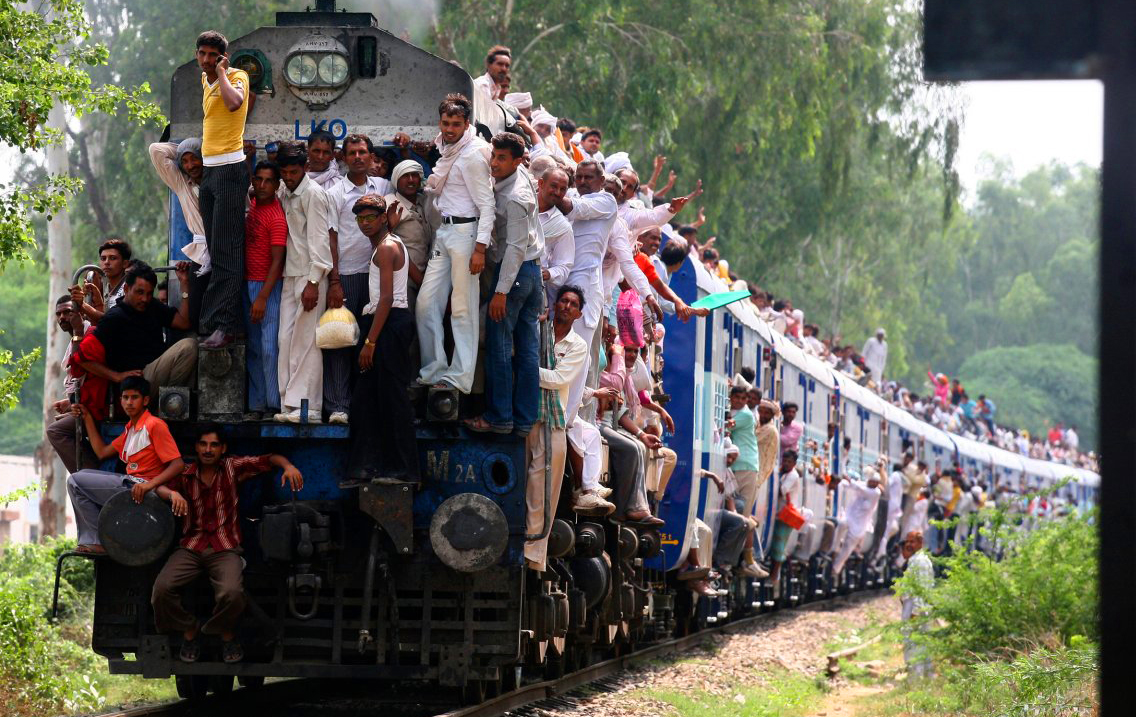For the summer of 2017, I worked with Suresh Prabhu, Government of India’s Minister for Railways as part of the MISTI-India Program under MIT’s International Science and Technology Initiatives. Working with an institution like the Indian Railways—with all its challenges, complexities, and importance—was an ideal opportunity for me as a policy student to apply my academic understanding of institutions, governance, and environmental sustainability in a real-world setting.
On my first day in office on June 1, I reported to the minister’s office and noticed that the minister had around 50 meetings that day including members of parliament to members of state assemblies to fellow ministers and visitors from his constituency. During my work with him for the next three months, I saw that his daily schedule remained extremely demanding which forced him to work late into the night.
The general perception of politicians in India is that they spend most of their time on official junkets spending taxpayers’ money. So I was surprised to realize how demanding his schedule was and how committed he was to live up to the expectations of more than a billion people for whom railways still remains a lifeline for cheap travel to remote towns of India.

The minister advised me to learn from his senior staff about the ongoing policy initiatives and challenges that the ministry is facing to transform railways from a colonial relic to a modern-day institution for 21st century India. The Indian Railways were first started in British India in 1853 over a stretch of 33 kilometers and has since grown into the third largest rail network in the world. It has a network length of 119,630 kilometers and employs 1.33 million people, according to the 2015-16 Government of India statistics.
The Indian railways has been accused in the past for its poor customer service so they have been utilizing online public platforms, mainly Twitter, to respond to citizens in distress. Twitter has become such a powerful mode of government-public interaction in India under the current government led by the Prime Minister Narendra Modi that it is not uncommon to see ministers addressing public grievances immediately as soon as they notice it on Twitter.
The Twitter messages attended by the minister ranged from asking diapers and milk for babies to medical help for elderlies. In some cases, emergency medical help was provided on running trains—something that was possible only because of Twitter and Facebook.

The online platforms provided efficient ways to connect people directly with the relevant public officials. The minister oversaw efforts being made by bureaucrats in response to such situations and was able to address inefficiency if any. In the past, the voices of the masses were drowned out due to lack of proper channels and tyranny of distance. The problem, however, is that Twitter is mostly an urban phenomenon and rural India is largely unaffected by it.
Working with the government brought me immense personal satisfaction. In a country like India, you know that your work can influence millions of people. This is important because the resource consumption trajectory India adopts for its development is going to impact the whole world.
The current Western models of development are not sustainable for the planet; hence, both policymakers and academics have to scout for more resource-efficient development models. While leaving millions behind living in abject poverty is not an option, unsustainable exploitation of planetary resources is also not morally justified. How to reconcile these two seemingly opposing challenges remains a policy puzzle—and the answers require both the government and academia to work together which is the main focus of my doctoral research at MIT.
Grad Life blog posts offer insights from current MIT graduate students twice a month on Slice of MIT.
Originally published at slice.mit.edu


